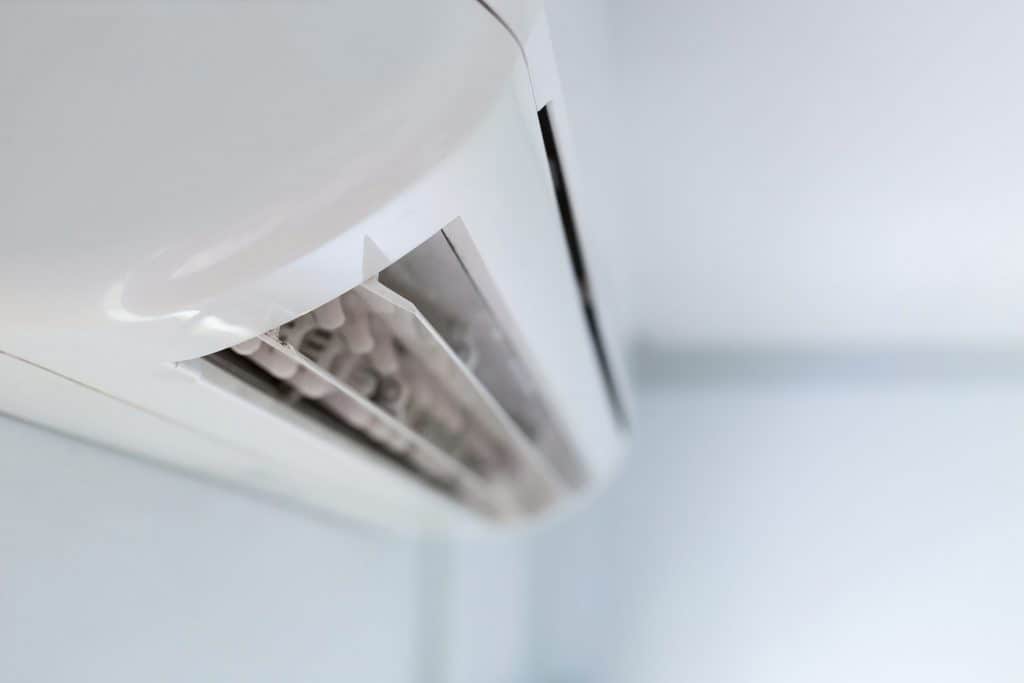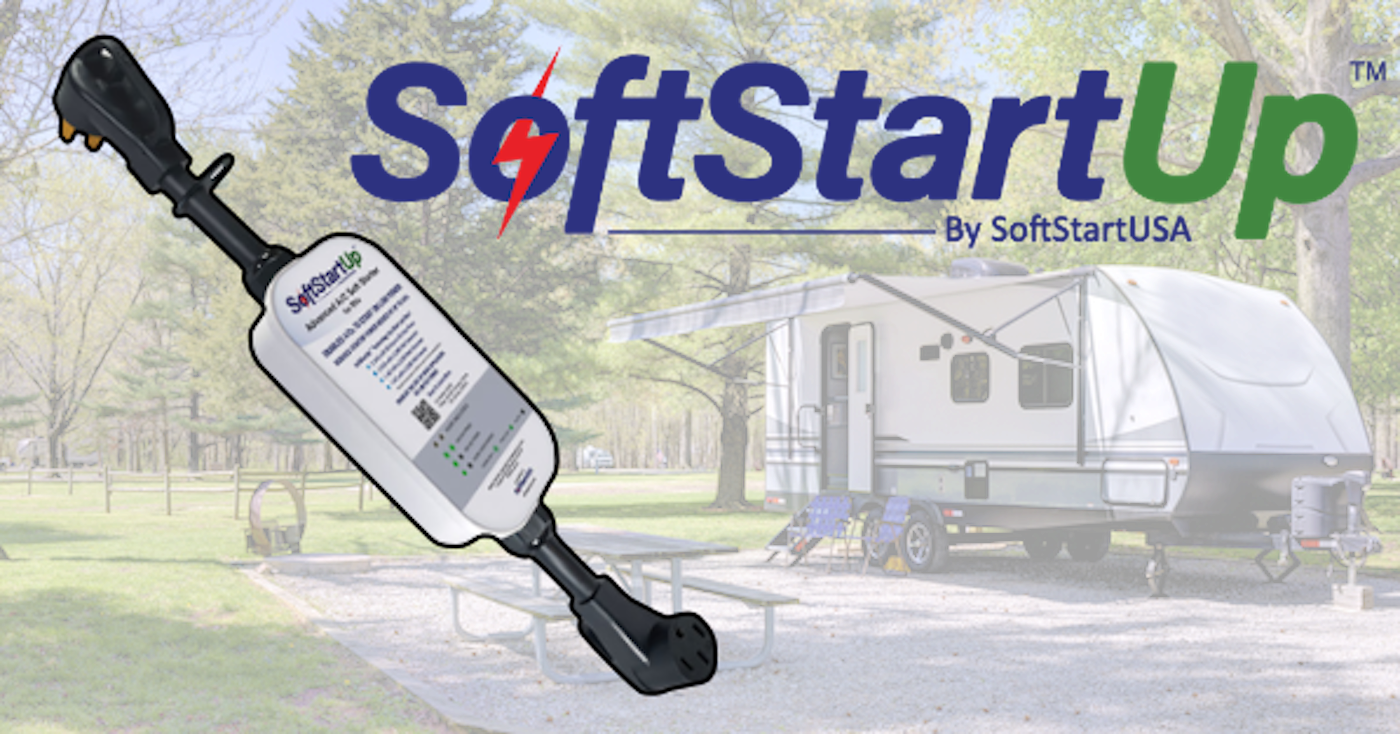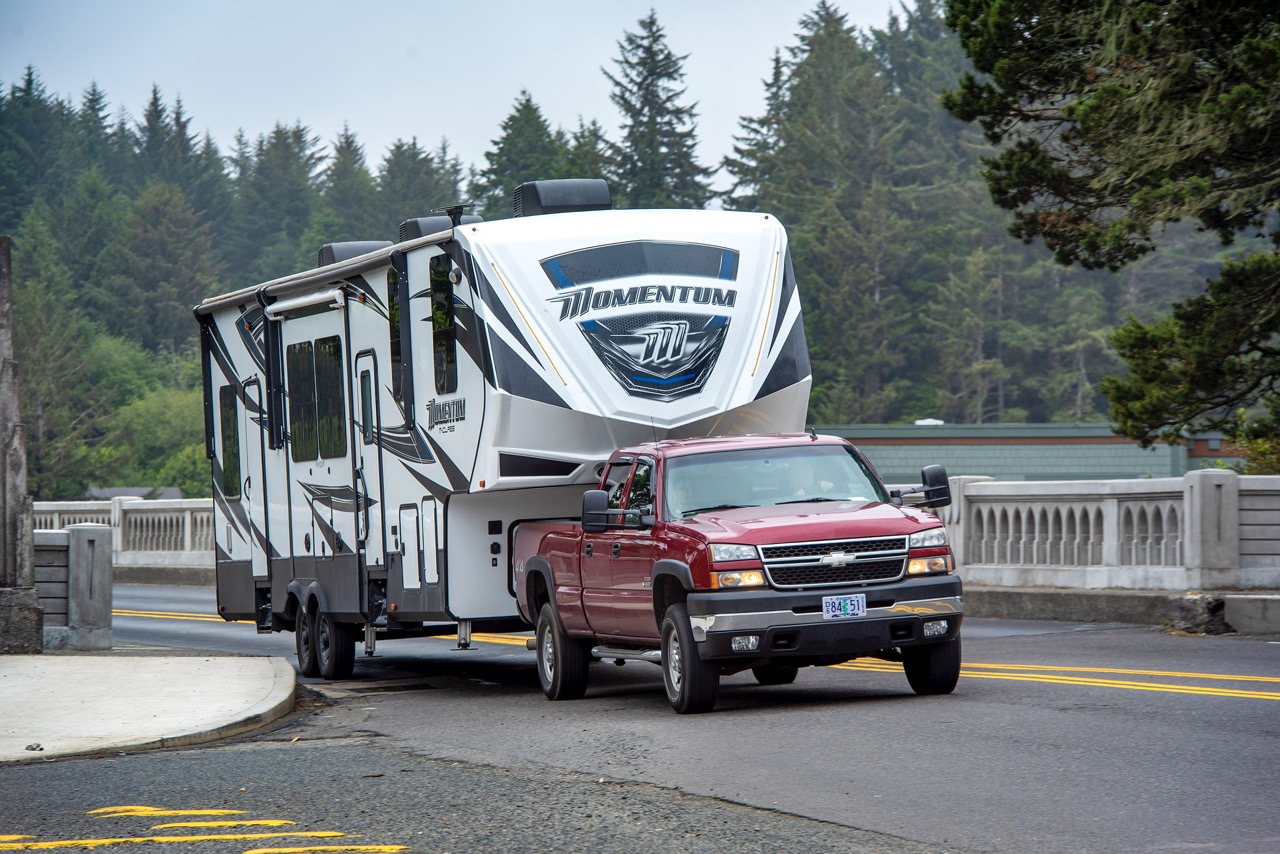
If you are planning to take a trip in your RV in the summer, you probably want to know whether or not it has air conditioning. I was curious about this myself, and I decided to do a little bit of research.
Do RVs have air conditioning? Some RVs have one ceiling air conditioner. Others host dashboard AC systems as well. Most RVs have two or even three total air conditioners. It’s rare to find an RV without one. RV air conditioners are usually quiet, well-incorporated, and efficient.
You can generally rely on RV air conditioners. If an RV doesn’t happen to have a built-in air conditioner, however, there are plenty of ways to install one yourself.
RV Air Conditioners
RVs usually have built-in air conditioners, but they can’t run on engine power alone. RVs must be powered by a generator, as they require a great deal of energy.
Air conditioners work on a special generator feature called “AC power.” This power comes from a typically 120-volt socket in sources like home electricity and portable generators. Air conditioners can run on gas generators, but these are costly to refill time and time again.
Jason Wynn, one half of the adventurous couple that maintains a blog called Gone With the Wynns, relays his trying experience with a gas generator.
“In our first year of RV travel,” he says, “we must have blown through hundreds of dollars worth of propane because we didn’t understand how the heating systems worked.”
“On the flip side, during summer trips, we ran the A/C almost non-stop because we couldn’t get the RV to cool down and stay cool.”
-Jason Wynn
(Read more about RV heating and cooling from Jason and his wife, Nikki, here.)
Most recreational vehicles have air conditioners built into their roofs or ceilings. Rather than merely cooling the air, these air conditioners remove heat from the vehicle, causing a drop in temperature.
Some RVs have dashboard air conditioners that run when the RV is turned on. These air conditioners aren’t as powerful as those connected to the generator, but they’re often reasonable adequate in terms of cooling down the RV a bit when you’re on the move.
Conserving Energy When Using the Air Conditioner
Most recreational vehicles have a sectioned thermostat that controls the temperatures of different rooms. Some RVs have two separate thermostats entirely.
The thermostats are typically equipped with temperature sensors that gauge the deficits in temperature between different rooms. These thermostats are especially useful if you use a propane-powered generator, as they help you keep an eye on and regulate how much gas you use.
Keep an eye on your air conditioning unit’s condenser coils. If they are pinched or otherwise instructed, they may be inhibiting the air conditioner’s fan from pulling hot air out of the vehicle.
Keeping the RV’s rear vents closed when you’re cooling it down can help conserve cool air and save you tons of power and, subsequently, money.
Closing these vents will force the cool air to circulate in the larger parts of the RV rather than leaving through the vents and forcing the air conditioner to recycle more hot air from the vehicle.
Furthermore, it’s always a good idea to close the blinds on your RV’s windows and ensure that cool air has no possible escape.
If you’re comfortable designating one room as your “cooling room,” you can further conserve energy by closing all doors and vents and allowing the air conditioner to only cool the room in which it’s been installed.
Once more, this will ultimately allow you to save loads of money, and you might not have to use so much heat later, as it’s been conserved in those shut-off rooms.
Consider installing LED lights. These are not only infinitely less expensive to maintain than other forms electric lighting, but they don’t emit as much heat.
Try to limit your use of the stove, the microwave, hot water, etc. These functions will naturally heat up the RV and limit the air conditioner’s ability to withdraw hot air from the cabin.
One of the best and most commonly overlooked ways to conserve energy and maximize your air conditioner’s efficiency is to ensure that its vents are clean.
The cold air filter easily builds up dust and other air contaminants from outside air return. You should clean it at least once every two months to ensure that it is filtering air as effectively as possible and, thus, sustaining its power.
Finally, remember that your RV probably has an awning and other provisions for shade. If your air conditioning unit is costing you too much money, utilize this shade. You’ll be pleasantly surprised by how much relief from the heat a little bit of shade can offer.
Rooftop RV Air Conditioners
If your recreational vehicle does not have a pre-installed air conditioner (which, as I mentioned before, is extremely rare), you can always install one yourself.
Rooftop RV air conditioners are great options for self-installment. They can be a bit expensive, often running for 500 to 700 dollars apiece, but they’re a long-term option and require far less energy than gas-powered air conditioners.
I’ve found a few of the best rooftop RV air conditioners on the market, but remember: size is incredibly important when it comes to cooling down your RV. The bigger the vehicle, the bigger its air conditioner ought to be. Keep this in mind as you shop and purchase your RV’s new air conditioner accordingly.
This Dometic Penguin II Rooftop Air Conditioner could be a sleek and relatively affordable addition to your RV. It’s 410 amps and designed to release heat from your recreational vehicle more efficiently than most rooftop air conditioners.
Most buyers agree that it’s a great air conditioners that keeps the RV cabin cool even in the hottest months. Keep in mind, though, that it’s a little noisier than most air conditioners, so if you’re concerned about sound, you might want to consider one of the options below.
This Airxcel air conditioner is slightly less expensive than the Penguin II, and noise isn’t much of complaint from its buyers. In fact, most reviews state that it works effectively and is surprisingly capable for its price point.
The ASA ELectronics Advent Air Rooftop AC is another great option for large recreational vehicles. Its fans have multiple speeds, so you can control how drastically it decreases your RV’s internal temperature. It’s fairly affordable, it’s high-quality, and it’s explicitly built to resist water damage.
Most reviewers agreed that it’s a strong air conditioner and it can withstand a beating from external elements like wind and water, but it wears out more easily than the aforementioned air conditioners. If you want an air conditioner that will significantly lower the temperature in your RV, however, this is an exceptionally powerful air conditioner, and it could be right for you.
This Coleman Delux Ceiling Assembly air conditioner is massively inexpensive in comparison with the Penguin II and the Airxcel. It’s a ceiling installment rather than a rooftop air conditioner, but it should work well if your RV isn’t too large.
The Coleman Delux’s quality parallels its price tag. It doesn’t work quite as smoothly as its pricier counterparts, and it’s a bit tricky to install. If the
Related Questions
Where can I find an RV air conditioner and heater combo? Many rooftop RV air conditioners are dual air conditioners and heaters. Like most air regulators, though, these sometimes run on propane, so they can be relatively expensive to maintain. Look for “duo-therm” air conditioners with generator hookups on Amazon and, I promise, you’ll find plenty of great and affordable options.
What is the difference between a ducted air conditioner and a non-ducted air conditioner? Non-ducted air conditioning units blow air out of the bottom of the unit rather than the top. When buying an air conditioner, ensure that the duct style of your air conditioning unit matches up with that of your recreational vehicle.




Our Thor has no temperature control for the AC. It has only high fan or cool or low fan or cool. Is there any way to. add a temperature control that will turn off and on at a preset temperature? Thank you.